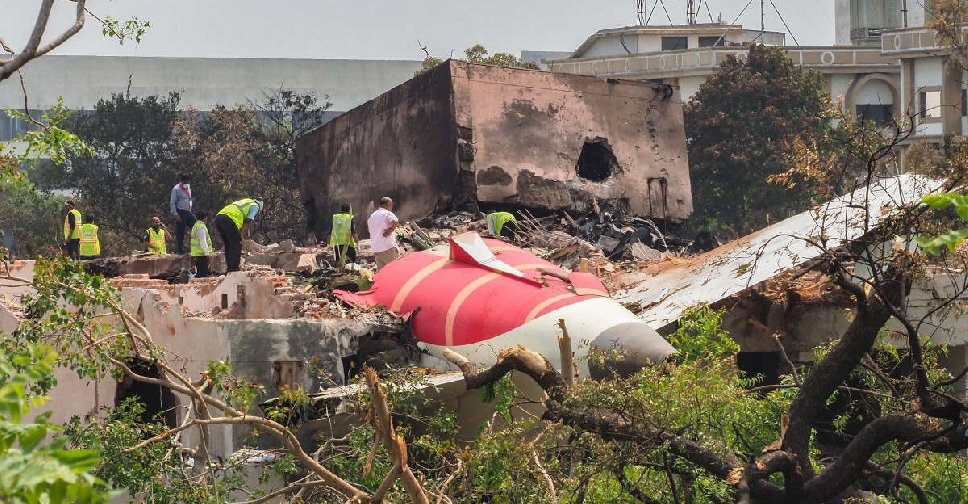The preliminary report from the Aircraft Accident Investigation Bureau (AAIB) was made public one month after the horrifying crash of an Air India Dreamliner in Ahmedabad. The preliminary study has been widely criticised by experts. It focusses primarily on the facts and, for the most part. It ignores the WHY and HOW of the accident in favour of examining WHAT. The remainder is a component of the longer-term inquiry.
According to the Chicago Convention’s Annex 13, which India has ratified, governments in control of an inquiry are required to provide the International Civil Aviation Organisation (ICAO) with a preliminary report within 30 days of the accident. Initial reports may be classified as confidential. Questions are whether or not they should be made public is up to the investigative state. Additionally, ICAO requires that the final report be made accessible to the public as soon as feasible. It will be ideally out within a year.
These are recommendations, not regulations, though. The crash report of China Eastern flight MU5735 was recently denied public release by China. It was allegedly on the grounds that it may “endanger national security and societal stability.”
Top 10 Highlights from the Air India Flight Crash Preliminary Report
- Cutoff switches for fuel were activated: At 13:38:42 IST (08:08:42 UTC), the aircraft achieved an IAS speed of 180 feet. The fuel cutoff switches for both engines switched from “Run” to “Cutoff” right away.
- Relight attempt: Within seconds, the fuel switches for engines 1 and 2 were back in the “Run” position. Both engines’ EGTs increased, suggesting relighting attempts.
- Voice audio from the cockpit: “Why did you cut off?” one pilot said. “I did not do so,” was the other’s response, implying a potential misunderstanding.
- Engines slow down: N2 levels in both engines dropped below the minimum idle speed during the incident. According to Engine and Aircraft Flight Recorder (EAFR) data.
- Engine 1’s visible signs of recovery: After the first failure, Engine 1’s core deceleration stopped, reversed, and started to move in the direction of recovery.
- Engine 2 failed to stabilise: Despite several attempts to reintroduce fuel, Engine 2 relit but was unable to stop the core speed decline.
- Combustion during efforts: Exhaust Gas Temperature (EGT) increased in both engines after the fuel switchback to “Run,” according to Engine and Aircraft Flight Recorder (EAFR) data. It suggested combustion during relight attempts.
- Too damaged to obtain data from the back flight recorder: However, according to the AAIB, the aft Engine and Aircraft Flight Recorder (EAFR) was discovered to have sustained significant damage during the event and was not accessible through standard means for downloading.
- There are currently no safety recommendations: The AAIB has not yet released any safety guidelines for GE GEnx-1B engine makers and operators or Boeing 787-8 aircraft.
- The investigation is still ongoing: According to the AAIB, more material is being gathered from interested parties. It will be examined in the investigation’s subsequent stage.
Where is the attention right now?

Now that the preliminary report has been out, attention will turn to the circumstances surrounding the switches on the Air India AI171 aircraft that crashed in Ahmedabad shortly after takeoff. If it was manual, explain why it occurred, which pilot did it, and how to prevent it from happening again.
The way the accident was handled has drawn criticism from both the government and Air India. Many things might have been handled properly. Things like the one press conference, the absence of frequent briefings, and the tension around the location of the Black box and the transit time from Ahmedabad to Delhi. However, the airline got off to a bad start when the CEO’s statement was accused of being plagiarised from the American Airlines episode earlier this year.
The Collisions
At exactly 13:39 IST, Air India Flight 171, a Boeing 787-8, departed Ahmedabad Airport on its way to London Gatwick. There were 14 staff members and 228 passengers on board. The plane lost thrust in both engines thirty-two seconds later, quickly lost altitude. It crashed into a medical hostel only 1.2 nautical miles from the end of the runway.







Be First to Comment